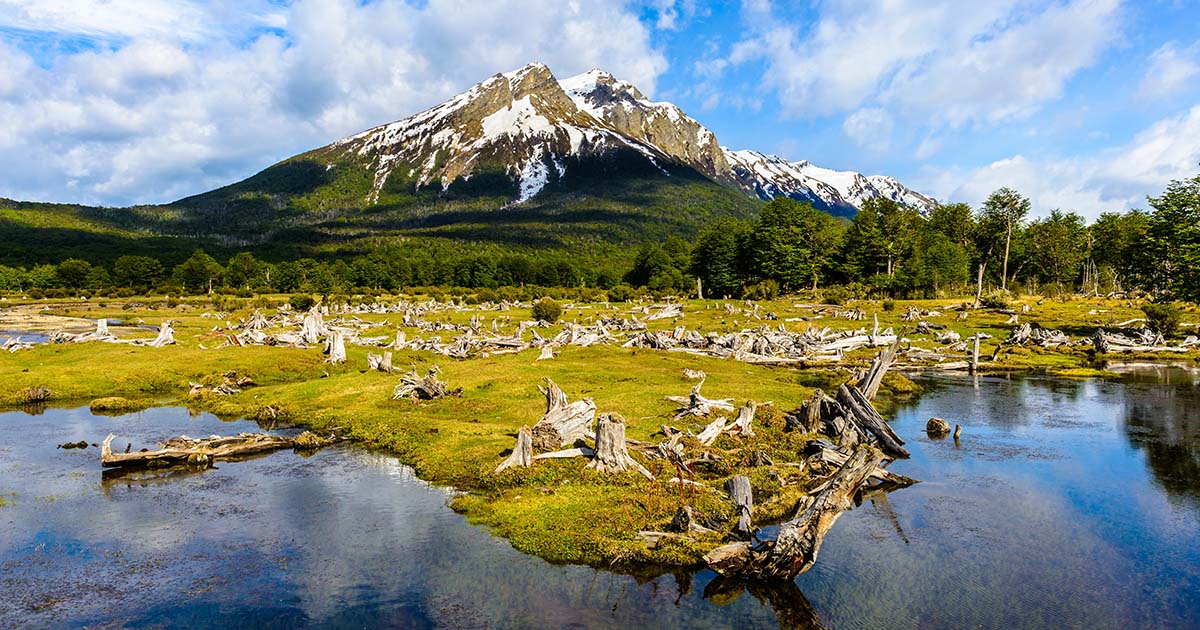
Tierra del Fuego National Park
Hike coastal trails, explore glaciers, peat bogs, and lenga forests. Don't miss the historic End of the World Train.
Learn morePerched on the southern tip of Tierra del Fuego, Ushuaia calls itself “the End of the World,” and the claim feels honest the moment you glimpse the jagged Martial Mountains sliding into the Beagle Channel.
Founded as a remote naval outpost and later a penal colony, the city now thrives on Antarctic logistics, eco-tourism, and a rugged, quietly confident culture that lives comfortably with rough weather and big horizons. Downtown is compact—walkable in an afternoon—but packed with history. The former prison now houses the Museo Marítimo y del Presidio, delivering a stark account of early settlers and convicts who carved a community out of sub-Antarctic cold. A few blocks away, the Museo del Fin del Mundo showcases native Yámana artifacts and early exploration lore. Food leans hearty: king crab stew, Fuegian lamb slow-roasted over open flame, and pastries laced with locally picked calafate berries. Between cafés you’ll notice gear shops—locals treat outdoor adventure the way other cities treat happy hour.
Explore the gateway to wilderness, sail the Beagle Channel, and embrace the winter playground.

Hike coastal trails, explore glaciers, peat bogs, and lenga forests. Don't miss the historic End of the World Train.
Learn more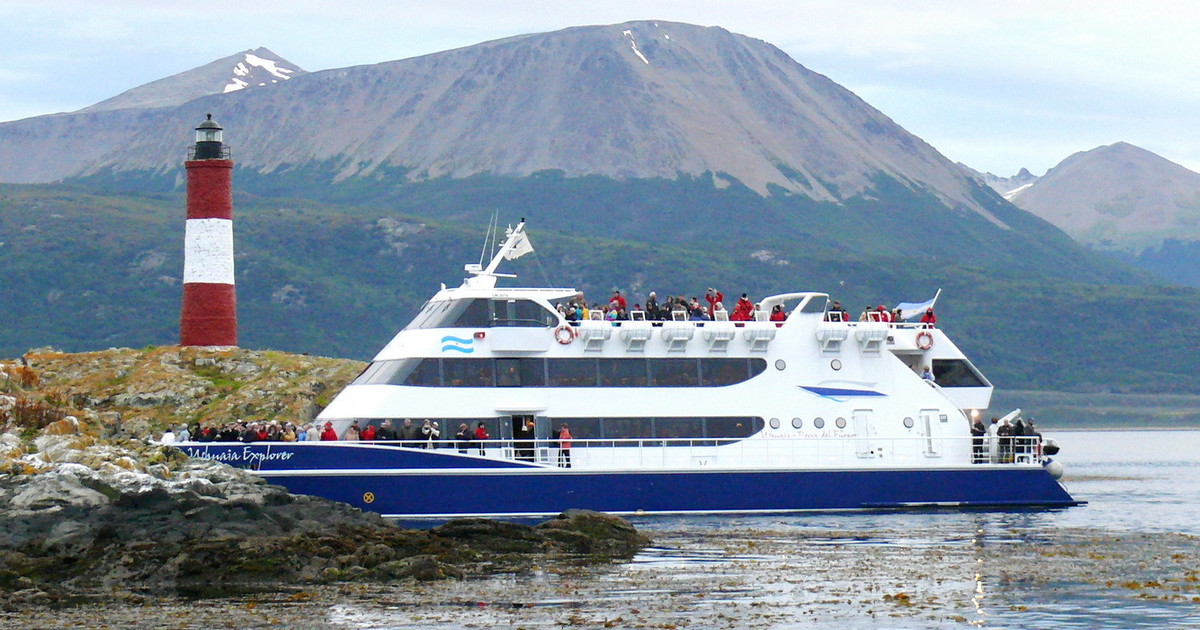
See Les Eclaireurs Lighthouse, sea lions, and visit penguin rookeries on Isla Martillo (Oct-Mar).
Learn more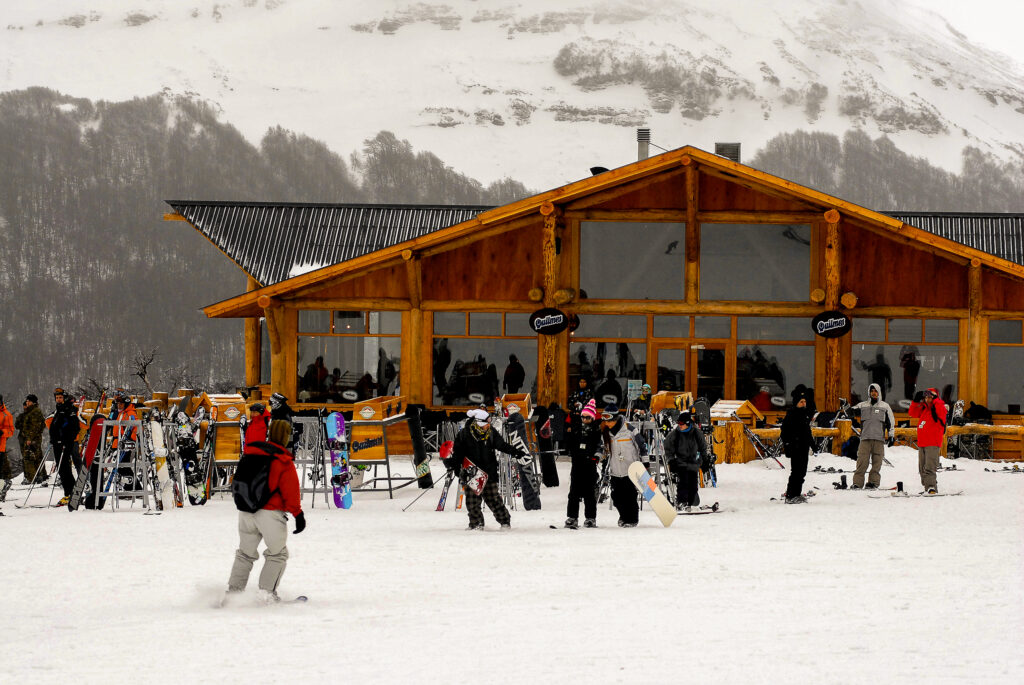
Ski reliable powder at Cerro Castor, enjoy Nordic skiing, snowshoeing, or dog-sledding under Antarctic-tinted stars (Jun-Sep).
Learn more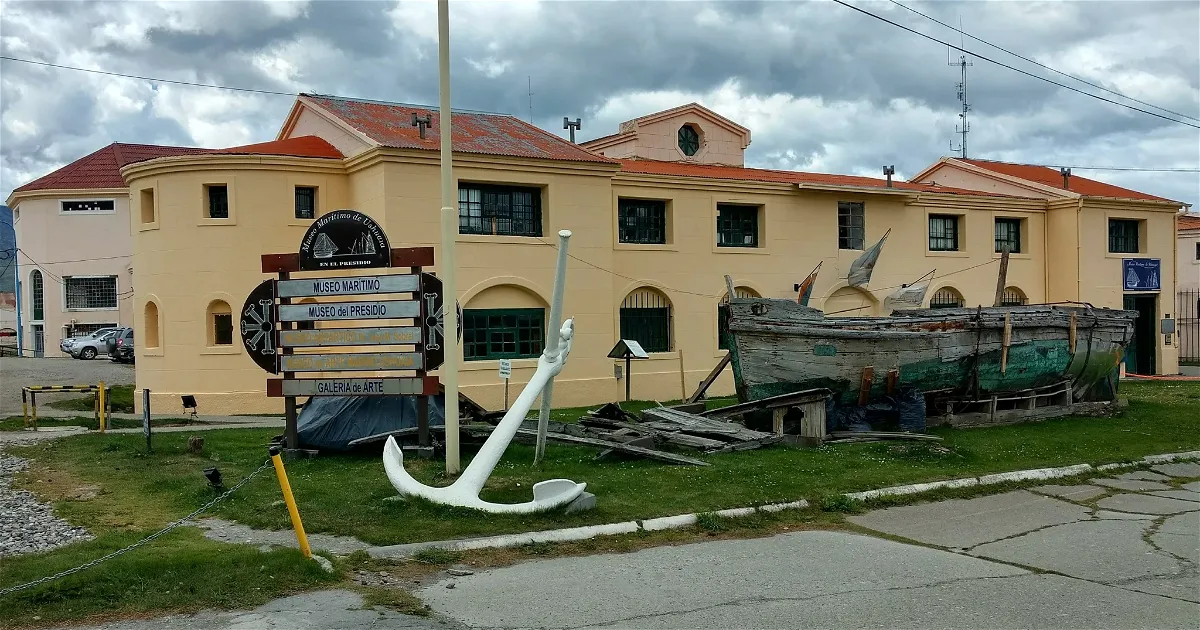
Visit the Maritime & Prison Museum and the End of the World Museum to delve into Ushuaia's unique history.
Learn more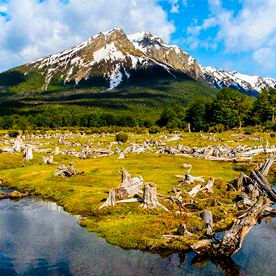
Ten minutes west, Tierra del Fuego National Park folds glaciers, peat bogs, lenga forests, and wind-raked coast into a single protected corridor. Hike the easy coastal trail from Ensenada Bay to Lapataia Bay for sea-bird watching and postcard views, or push inland on the Cerro Guanaco track if you want lungs-and-quads bragging rights.
The historic Tren del Fin del Mundo (End of the World Train) now runs as a scenic narrow-gauge railway; it’s touristy but the commentary helps first-timers decode the region’s human and natural history.
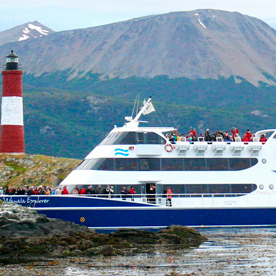
Most visitors book at least one Beagle Channel excursion. Short cruises loop past Les Eclaireurs Lighthouse and sea-lion colonies, while longer outings reach Isla Martillo’s Magellanic and Gentoo penguin rookery—arrive between October and March for the full waddling spectacle. Kayak outfitters offer a quieter, muscular perspective on the same waters; dress for spray and fast weather shifts. Anglers chase sea-run trout in nearby rivers, and divers explore surprisingly colorful kelp forests in sheltered coves.

When snow settles (June to September), Ushuaia pivots from trekking hub to ski town. Cerro Castor—Argentina’s southernmost ski resort—delivers reliable powder, modern lifts, and off-piste tree runs with ocean backdrops you won’t find in the Alps. Nordic skiers and snowshoers claim the valleys, and dog-sled outfits run twilight tours beneath low, Antarctic-tinted stars. Even if you don’t ski, the season’s clear nights are prime for rare aurora australis flickers low on the horizon.
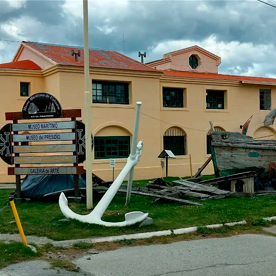
Downtown is compact—walkable in an afternoon—but packed with history. The former prison now houses the Museo Marítimo y del Presidio, delivering a stark account of early settlers and convicts who carved a community out of sub-Antarctic cold. A few blocks away, the Museo del Fin del Mundo showcases native Yámana artifacts and early exploration lore. Food leans hearty: king crab stew, Fuegian lamb slow-roasted over open flame, and pastries laced with locally picked calafate berries. Between cafés you’ll notice gear shops—locals treat outdoor adventure the way other cities treat happy hour.